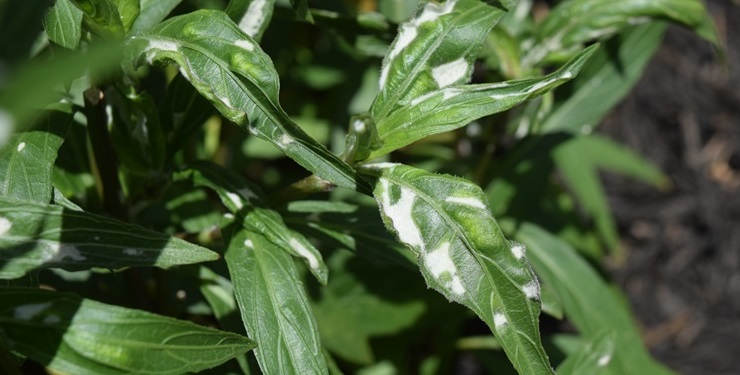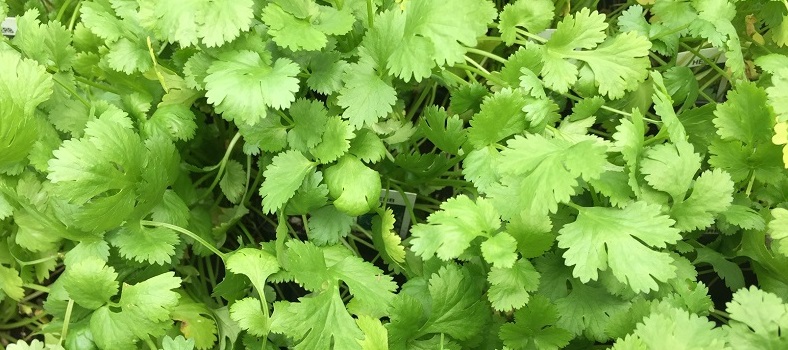Why Plant “Cover Crops”?
I am sure that many of you have heard that it is good to plant a winter “cover crop” in unused areas of the garden. But do you know exactly what the benefits are?
*One of the most beneficial reasons is that it gives you a chance to add valuable, inexpensive organic matter to the soil. Elbon (or Cereal) Rye is one of the best “green manure” cops for capturing nitrogen and returning it to the soil in the spring. (Do NOT confuse this with Annual Ryegrass, which is used to over seed lawns.)
*A second extremely beneficial reason to plant Elbon (or Cereal) Ryegrass is because the roots trap the destructive Root Knot Nematode, lowering the population for the next year. In gardens with a serious Root Knot Nematode problem, using this method along with rotating areas affected with crops resistant to nematodes can allow a garden to become productive again.
The seed is sown in the fall, when it is cool, at the rate of one pound per one hundred square feet of garden area. The seeds are then lightly raked-in to cover them slightly, then watered until they are up and growing. Continue watering regularly throughout the winter, and fertilize once a month with MicroLife 6-2-4 organic fertilizer.
About one month before planting time in the spring, the grass should be mowed or cut down with a string-trimmer, then incorporated into the top 8”-12” of the soil with a tiller, or turned into the soil with a shovel. The grass will decompose rapidly, releasing nitrogen and adding organic matter to the soil. As it decomposes, it also releases organic acids which can reduce the alkalinity of the soil.
As you can see, this is one of the most beneficial practices that you can do in the fallow (empty) areas of your garden in the winter. Try it once, and you’ll be hooked!




